Click to follow Asynchronous Books, pin the public account
Sharing IT good books, technical dry goods, and workplace knowledge with you every day.

Participate in the topic discussion at the end of the article, and receive Asynchronous Books every day.
——Asynchronous Editor
The ubiquitous programming language, Python, has salaries that are off the charts. With the release of the new book Python Neural Network Programming and the upcoming new edition of Learn Python 3 the Hard Way by Zed, the enthusiasm for Python continues to surge. Some readers have asked, “When can the editor bring a wave of Python book list benefits?” Today is the day! The editor brings a Python book list divided into three parts: beginner, intermediate, and advanced, along with industry applications, providing a wave of good book benefits for you.
So the question arises: “If you were stranded on a deserted island and could only bring three Asynchronous books, which three would you choose?” My first reaction was: “Learn Python 3 the Hard Way, Python Neural Network Programming, Python Machine Learning,” what would you choose?
Asynchronous Community Python Reading Roadmap
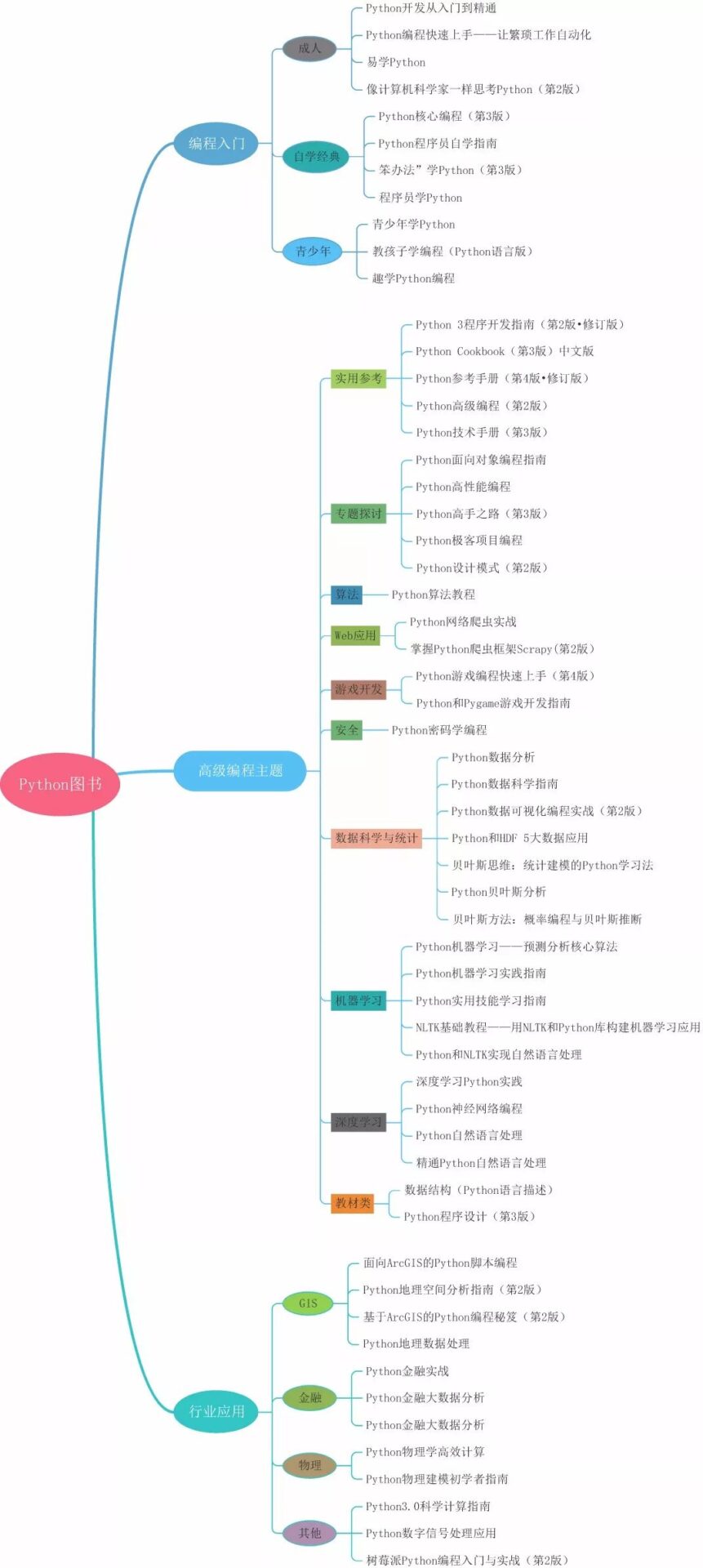
(Click to enlarge)
Programming for Beginners
Adults
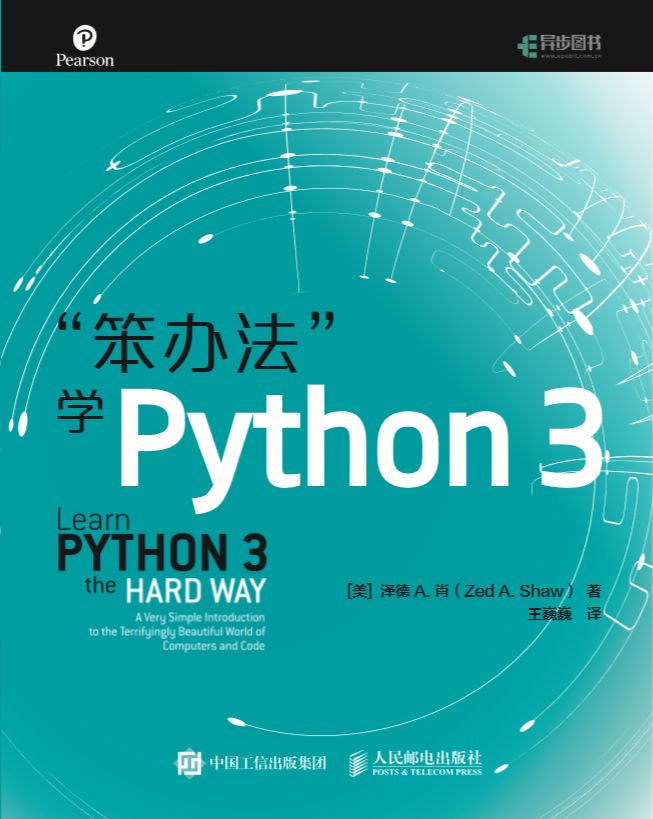
Learn Python 3 the Hard Way
Authored by Zed Shaw
(May 2018)
This book is based on Python version 3.6.A million-fan programmer guides you to easily learn the Python language!
Scan the QR code to watch videos, making learning easier! 5 hours of complete video tutorials, pure American pronunciation, with Chinese subtitles, allowing you to practice while watching; 52 carefully designed programming exercises, avoiding procrastination, providing project cases, applying what you learn.
This book is a beginner’s guide to Python, suitable for readers who know little about computers, have not studied programming, but are interested in programming.This book guides readers step by step through exercises, from simple printing to the implementation of complete projects, allowing beginners to start with basic programming techniques and ultimately experience the basic process of software development.

Python Programming from Beginner to Master
Authored by Ye Weizhong
(May 2018)
This book explains the core technologies of Python 3 language development in a step-by-step manner, detailing the specific usage processes of various knowledge points through concrete examples. Through the implementation process of two comprehensive examples, it introduces the usage process of Python 3 language in comprehensive projects. The book’s content is progressive, with “technical clarification” and “example practice” running throughout, guiding readers to comprehensively master Python 3 language.
The book containsover 900 examples and cases, over 300 main text examples, over 600 extended examples, 77 after-class exercises, 63 technical clarifications, and two comprehensive cases, each knowledge point has one example and two extended examples, achieving the effect of learning from one example.
It can be said that this book includes the content of three books: basics, examples, and comprehensive cases.
After-sales service for this book:
Online tutoring classes to help readers quickly solve learning problems.
33 hours of video explanations to reduce learning difficulty.
QQ group + website forum to realize teaching interaction, forming a mutual help and learning circle.
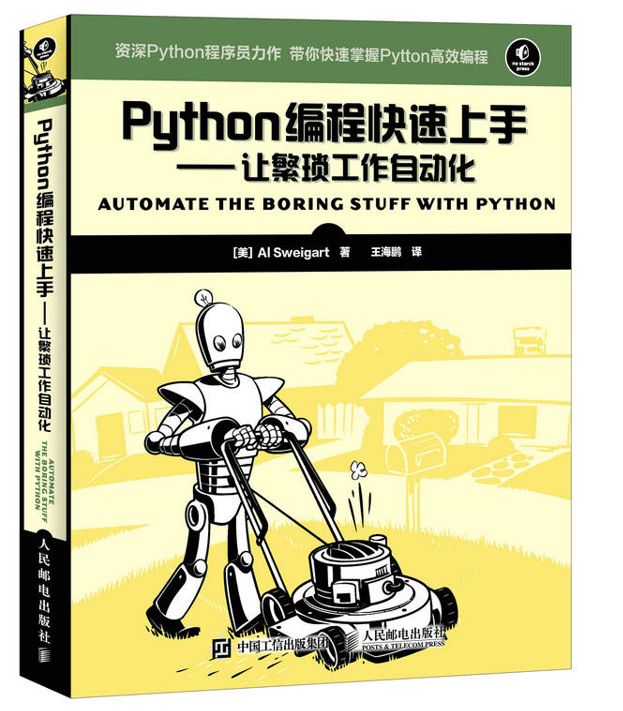
Automate the Boring Stuff with Python
[US] Al Sweigart authored
Click the cover to purchase the paperback
Bestselling Python 3 programming book in the US, helping you quickly achieve work automation through programming. In this book, you will learn to use Python programming to accomplish tasks that take hours manually in minutes, without prior programming experience. Once you master the basics of programming, you can effortlessly create Python programs to efficiently automate tasks including:
● Searching text in one or multiple files;
● Creating, updating, moving, and renaming files and folders;
● Searching web pages and downloaded online content;
● Updating and formatting data in Excel spreadsheets of any size;
● Splitting, merging PDF files, and how to watermark and encrypt;
● Sending reminder emails and text notifications;
● Filling out online forms.
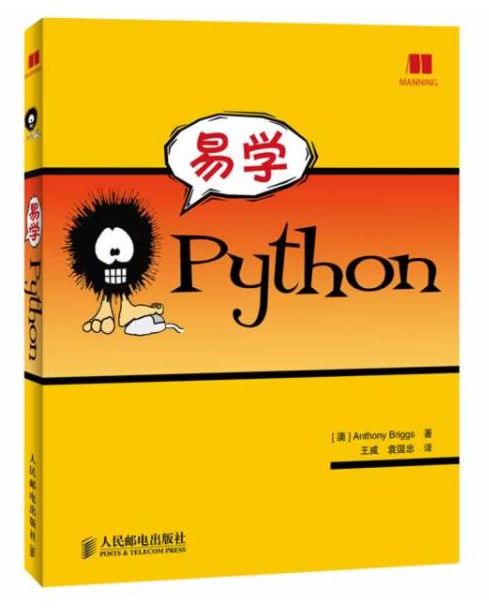
Easy Python
[Australia] Anthony Briggs authored
Click the cover to purchase the paperback
“Easy Python” explains the Python 3 programming language in a simple, fun, and easy-to-learn way, different from most programming books that introduce programming features and list language functions, guiding readers to learn and master Python programming with curiosity and questions, and then write real and useful programs. “Easy Python” is divided into three parts, with 12 chapters. The first part introduces why to use Python for programming. From the second part, it leads readers to understand and solve practical problems in programming by writing the Hunt the Wumpus game. For example, how to manage complex programs to ensure clarity; how to use the Python standard library in programs to save programming time while making programs easier to understand; how to test the written programs; how to perform object-oriented programming design. The third part uses frameworks to improve the programs in the book, allowing readers to gain a deeper understanding of Python’s powerful features. The book also provides some Python resources for readers to refer to when further studying Python.
Whether you are a zero-based Python beginner or someone with programming experience in other languages but want to engage in Python development, “Easy Python” will guide you on an interesting learning path in Python.
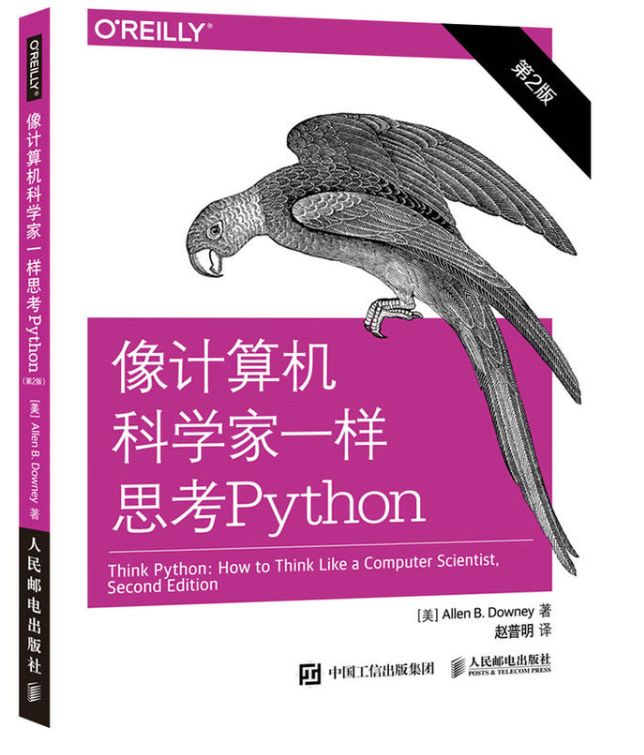
Think Python Like a Computer Scientist (2nd Edition)
[US] Allen B. Downey authored
Click the cover to purchase the paperback
If you want to learn how to program, starting with Python is a great beginning. This book starts from basic programming concepts, guiding readers to understand the Python language step by step, and gradually mastering advanced concepts such as functions, recursion, data structures, and object-oriented design. The second edition of this book and its auxiliary code have been upgraded to support Python 3. Exercises after each chapter can help readers deepen their understanding of the programming concepts just learned. This book is ideal for high school and college students, self-learners, and professionals who need to understand the basics of programming. Beginners can learn how to start Python programming in their browsers. Starting from the basics, including the syntax and semantics of the language. Mastering clear definitions of each programming concept. Gradually learning about values, variables, statements, functions, and data structures. Understanding how to manipulate files and databases. Understanding objects, methods, and object-oriented programming. Using various debugging techniques to fix syntax errors, runtime errors, and semantic errors. Exploring functions, data structures, and algorithms through a series of case studies. The example code in this book is maintained in a GitHub repository, making it easy for readers to download and modify.
Programming for Beginners
Classic for Self-Learning
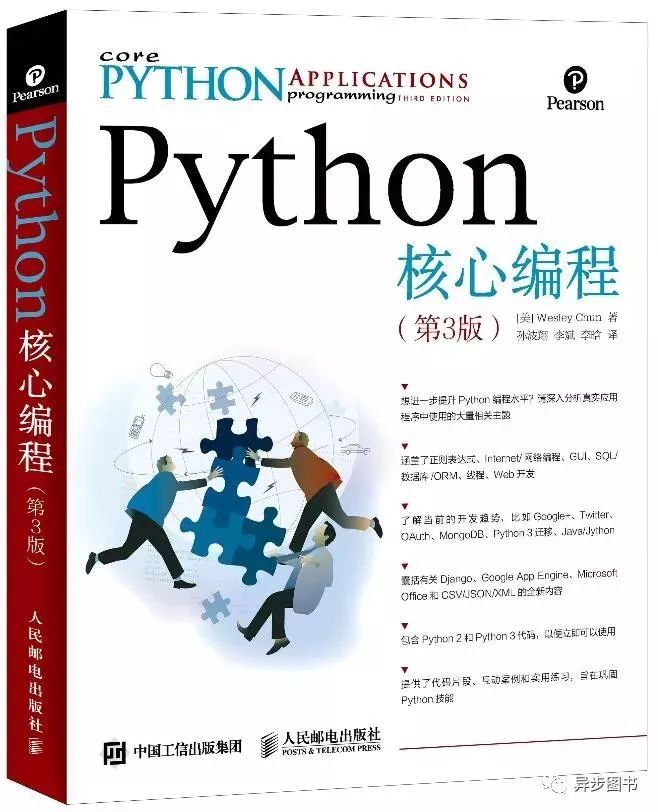
“
Core Python Programming (3rd Edition)
“
Authored by Wesley Chun
Click the cover to purchase the paperback
This is a bestselling classic Python book, covering both Python 2 and Python 3, a staple for Python developers.
Python is a flexible, reliable, and expressive programming language that combines the power of compiled languages with the simplicity and rapid development features of scripting languages. In this book, Python developer and corporate trainer Wesley Chun helps you elevate your Python skills to the next level.
This book covers everything you need to become a well-rounded Python developer. It discusses various fields related to application development, and the content can be immediately applied to project development. Additionally, the book includes code samples written in both Python 2 and Python 3, as well as some code migration tips. Some code snippets can even run on Python 2.x or Python 3.x without modification.
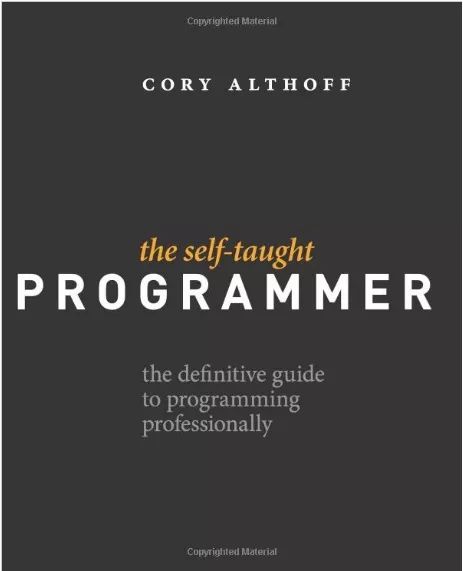
The Programmer’s Self-Learning Guide
Authored by Cory Althoff
(June 2018)
The author of this book is a self-taught programmer who learned programming after a year of self-study and landed a software engineer job at eBay. This book is also inspired by the knowledge discovered during his work at eBay, the knowledge needed to prepare, and the content to continue learning. This book is not just about learning programming. It helps readers learn how to code, but if you want to understand professional programming, just learning programming is not enough. Therefore, in addition to helping readers learn programming, it also covers other professional courses that those who want to learn programming should know. This book is a roadmap that guides readers from writing their first Python program to preparing for their first technical interview.
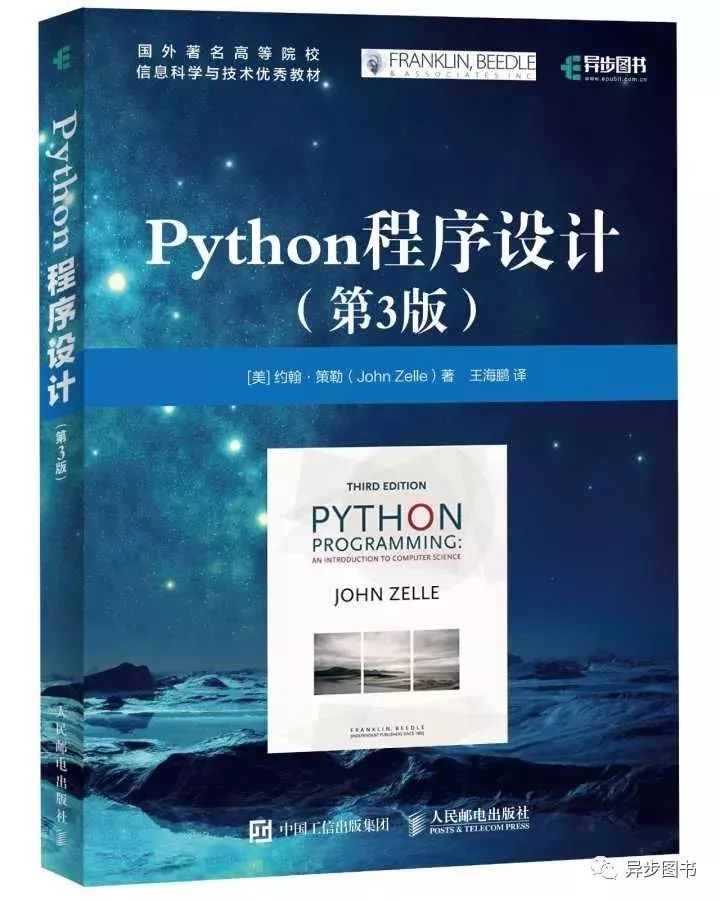
“Python Programming (3rd Edition)“
Authored by John Zelle
Click the cover to purchase the paperback
Recommended by the father of Python, this is a classic introduction to Python 3 programming. This book uses the Python language as a tool to teach computer programming. It emphasizes that problem-solving, design, and programming are the core skills of computer science. The book features distinct characteristics, vivid examples, and is easy to read and learn, making it suitable for beginner Python programmers to read, as well as for computer science teachers and students in colleges.
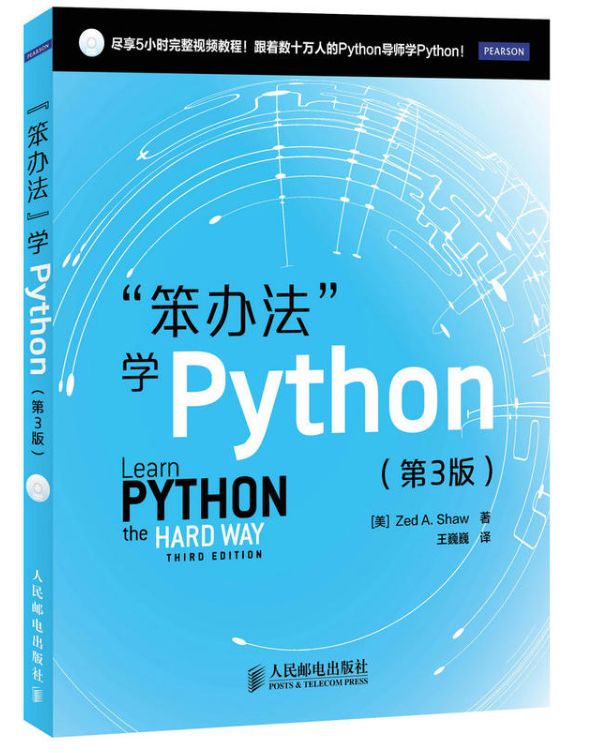
Industry Applications
GIS
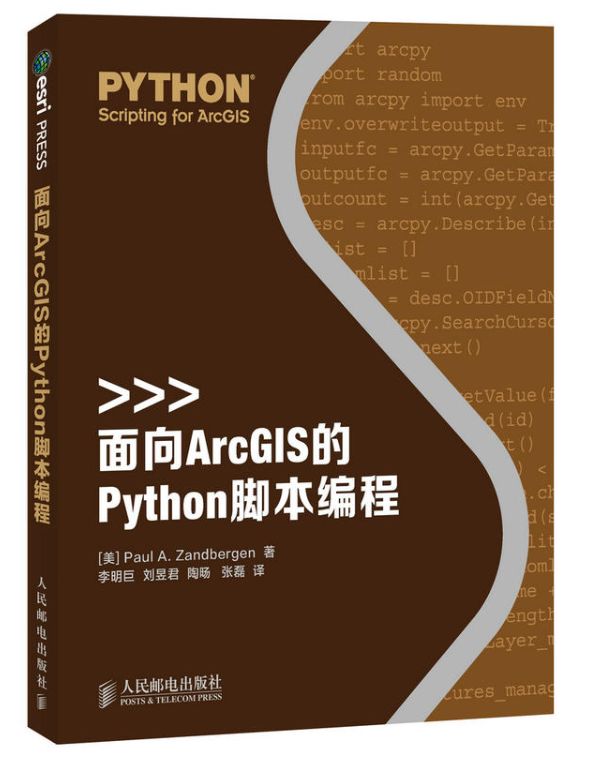
Python Scripting for ArcGIS
[US] Paul A. Zandbergen authored
Click the cover to purchase the paperback
This book is a dedicated Python reference for ArcGIS programming, combining basic theory with GIS development examples, detailing the basic applications and related techniques of Python in ArcGIS development. The book is divided into four parts. The first part mainly introduces the basic principles of geographic processing in ArcGIS for Desktop and the basics of the Python language; the second part mainly introduces how to write a script for processing spatial data; the third part introduces a series of specific operations, such as writing mapping scripts, debugging and error handling, and creating Python classes and functions; the fourth part introduces how to turn scripts into tools and share them with others. Each chapter is accompanied by corresponding exercises to help readers gain more practice between learning and practicing. The content is structured clearly, with complete examples, suitable for professionals engaged in GIS development as well as those interested in touching or engaging in Python programming.
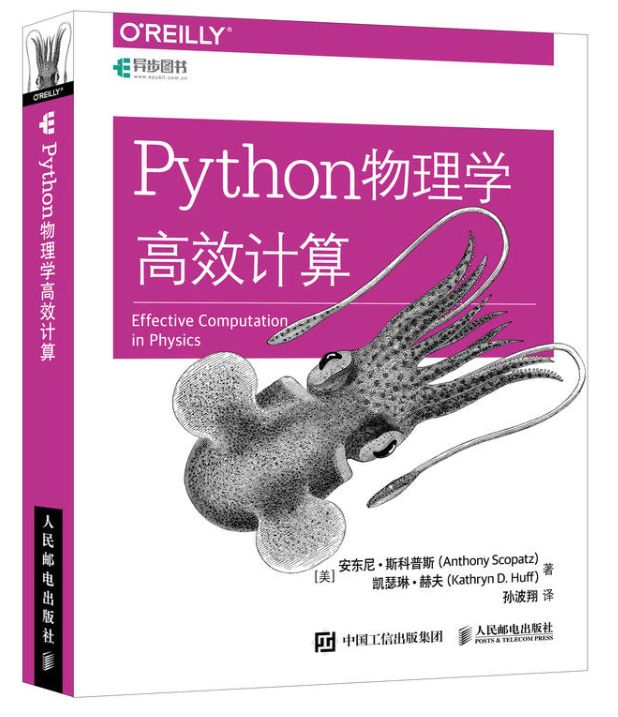
Python Geospatial Analysis Guide (2nd Edition)
[US] Joel Lawhead authored
Click the cover to purchase the paperback
This book introduces the application skills of Python in geographic information processing against the background of geospatial analysis.The book is divided into ten chapters, covering topics such as Python and geospatial analysis, geospatial data, geospatial technology, Python’s geospatial analysis tools, Python and GIS, Python and remote sensing, Python and elevation data, Python and advanced geospatial modeling, real-time data, and comprehensive applications.
The content is structured clearly, with complete examples, suitable for readers who want to understand digitization and analysis in surveying and mapping, as well as developers and researchers who want to use Python for spatial geographic analysis, modeling, and GIS analysis.
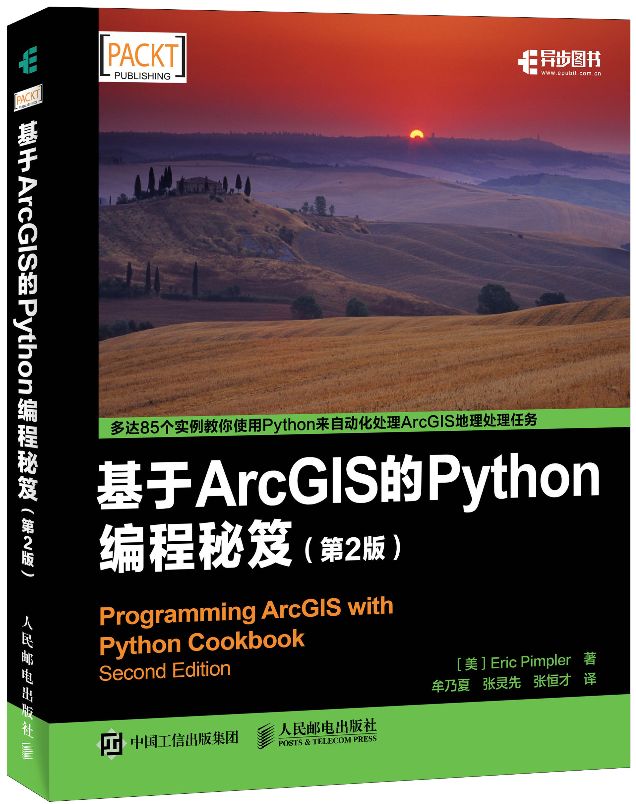
Based on ArcGIS Python Programming Secrets (2nd Edition)
[Norway] Magnus Lie Hetland authored
Click the cover to purchase the paperback
This book will introduce how to use Python to create geographic processing scripts, manage map documents and layers, find and fix missing data links, edit data in feature classes and tables, etc., to improve the efficiency of GIS developers. The content is structured clearly, with complete examples, suitable not only for professionals engaged in GIS development but also for those interested in touching or engaging in Python programming.
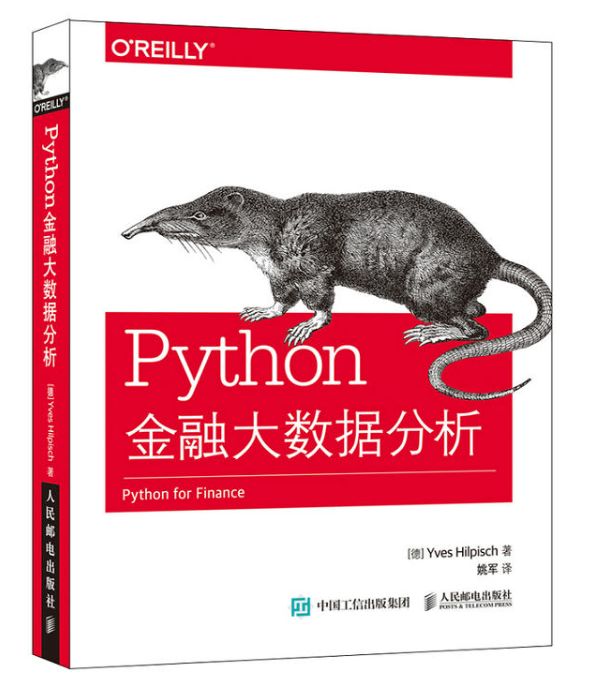
Python Geospatial Data Processing
[US] Chris Garrard authored
Click the cover to purchase the paperback
As a high-level programming language, Python is increasingly revered in the field of programming due to its simplicity, readability, and scalability. Using Python as the scripting language for ArcGIS greatly enhances the efficiency of geographic data processing.
This book consists of 13 chapters, covering spatial data, Python basics, the OGR library, vector data, filtering and selecting data, details of geometric object operations, spatial relationships, spatial reference systems, the GDAL library, raster data, supervised and unsupervised techniques, as well as the use of related modules and libraries in Python. By reading this book, readers will gain a detailed understanding of the specific applications of the Python language in the field of geographic data processing.
Industry Applications
Finance
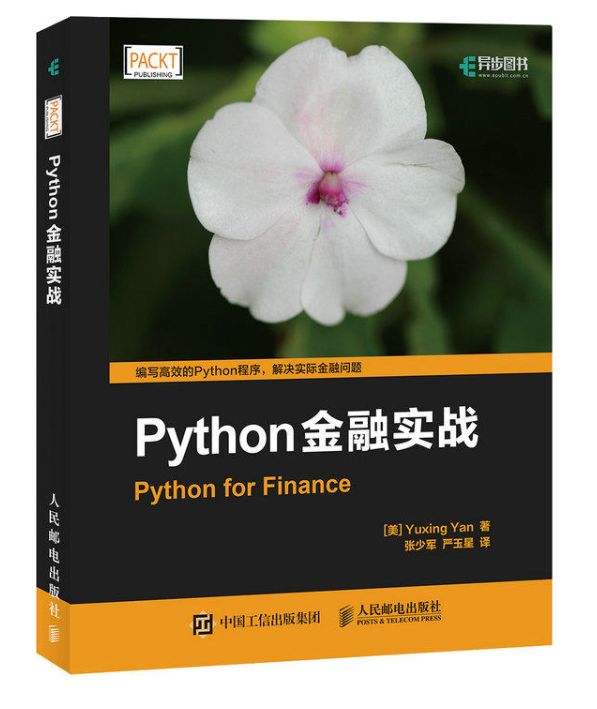
Python Financial Practice
[US] Yuxing Yan authored
Click the cover to purchase the paperback
This book is authored by Professor Yuxing Yan, who has rich teaching and professional experience, encompassing his classic thoughts from many years of teaching in the financial field, along with numerous real financial data. Professor Yan also participated in the translation and review of this book throughout. With the original author’s full participation, the book invites Professor Zhang Shaojun from the Hong Kong Polytechnic University to lead and be responsible for the translation, deeply analyzing the basic financial theories and rich code examples and financial models, guiding readers to write efficient Python programs, build practical Python applications, and achieve efficient analysis of financial data. Grasping the core ideas of quantitative trading in both theory and practice, applying financial models with ease.
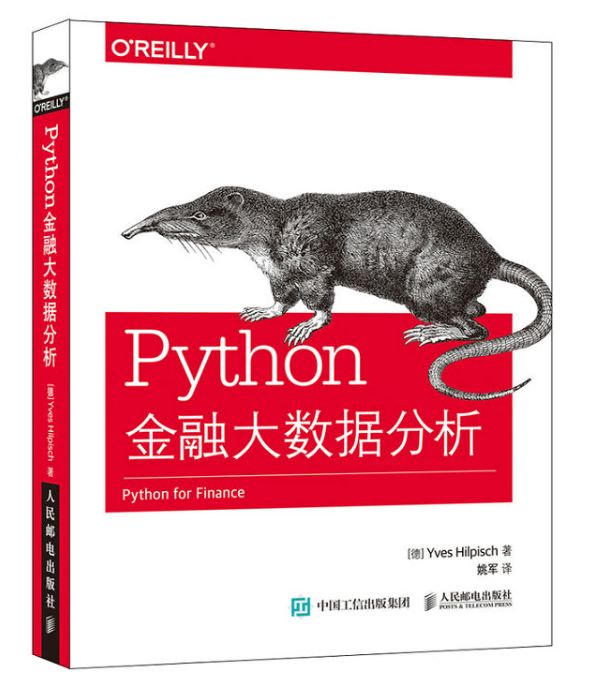
Python Big Data Analysis in Finance
[Germany] Yves Hilpisch authored
Click the cover to purchase the paperback
Due to its simplicity, readability, scalability, and a large and active scientific computing community, Python has been widely and rapidly applied in the financial industry where there is a need to analyze and process large amounts of data, becoming the programming language for developing core applications in this industry. This book provides techniques and tools for data analysis using Python and developing related applications.
This book is suitable for financial industry developers interested in using Python for big data analysis and processing.
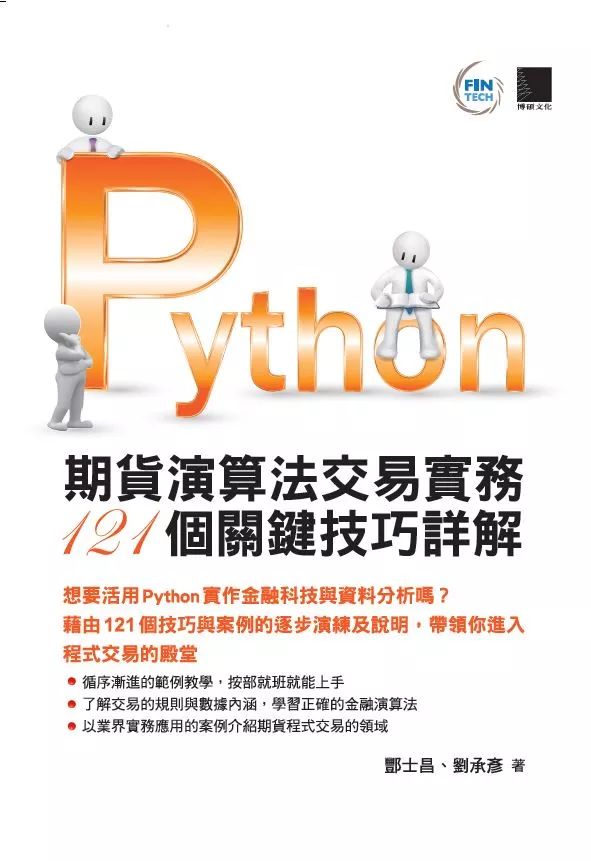
“Practical Quantitative Trading with Python“
Authored by Feng Shichang and Liu Chengyan
(June 2018)
This book starts with the most basic futures trading rules and gradually delves into programming, calculating technical indicators for historical backtesting, and finally executing program trades through order functions. Through a gradual exercise of cases, it lowers the learning threshold and leads readers into the realm of program trading.
The entire book presents 121 techniques in the form of 10 chapters, helping readers quickly get started and better grasp core ideas through practical case-based learning.
Industry Applications
Physics
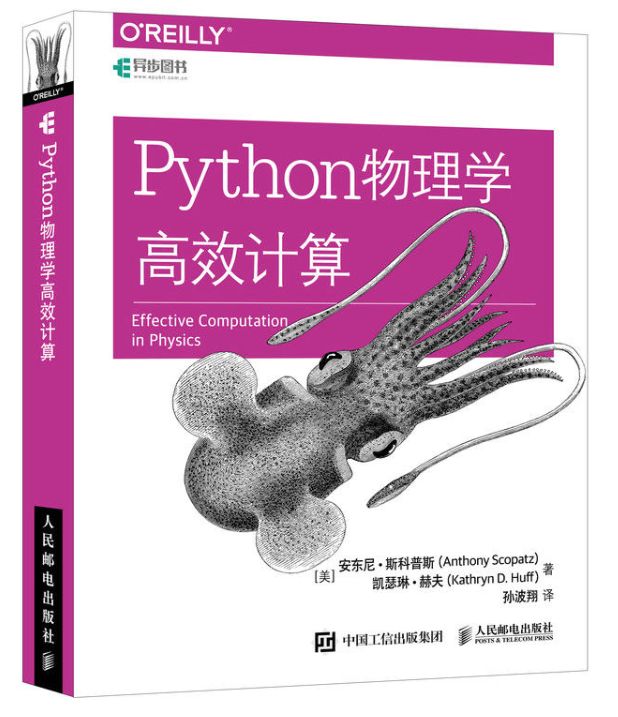
Efficient Computation in Python Physics
Kathryn D. Huff, [US] Anthony Scopatz authored
Click the cover to purchase the paperback
Many physicists also play the role of software developers in their research work. However, not all software development tasks are simple, even for physicists. This book is a practical guide that introduces many basic skills in software development, helping readers automate nearly all aspects of research in the field of physics. It is authored by two PhD holders in nuclear engineering and includes many practical cases in the field of physics. By reading this book, readers will learn skills such as collecting and analyzing data using the Python programming language, building software, and publishing results.
This book is suitable for researchers in the field of physics who want to reduce their workload with Python, as well as for readers who want to learn how to solve physics problems through Python programming.
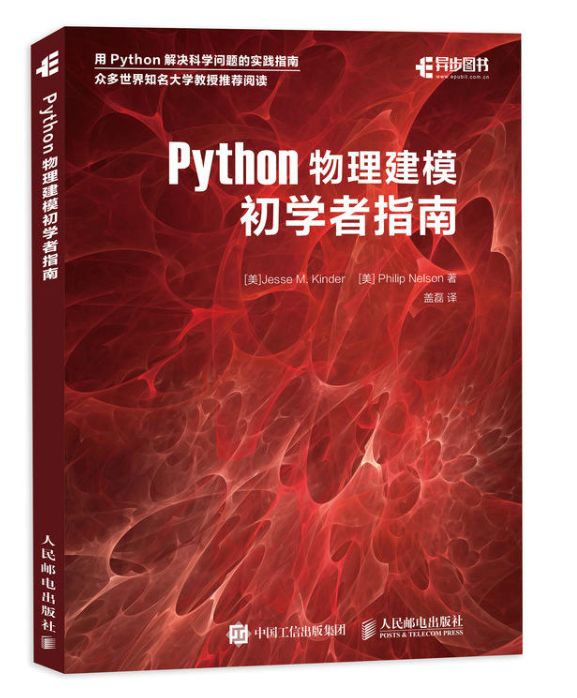
Python Physics Modeling Beginner’s Guide
[US] Jesse M. Kinder, [US] Philip Nelson authored
Click the cover to purchase the paperback
The purpose of this book is to help Python learners acquire programming skills sufficient to undertake physics modeling work, including setting up an open-source Python programming environment and using Python to complete common scientific computation tasks such as data import and export, data visualization, numerical analysis, and simulation. This book does not require readers to have any programming experience.
Industry Applications
Others
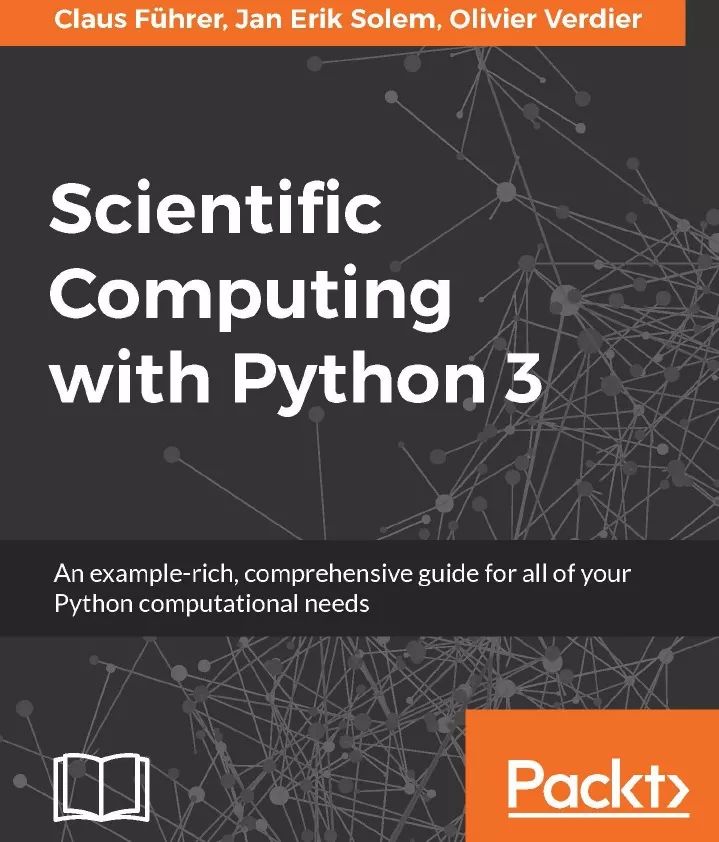
“Python 3.0 Scientific Computing Guide“
Authored by Ling Jie
Click the cover to purchase the paperback
(July 2018)
This book demonstrates the powerful capabilities of Python in mathematical applications and how to use the features of the latest version, Python 3.0, to solve computational problems. Through this book, readers will master how to apply Python to linear algebra, arrays, plotting, iterative functions, and polynomials. The content mainly covers the main syntax elements of Python, basic types, how to draw high-quality tables and graphs with matplotlib, and how to properly use object-oriented programming.
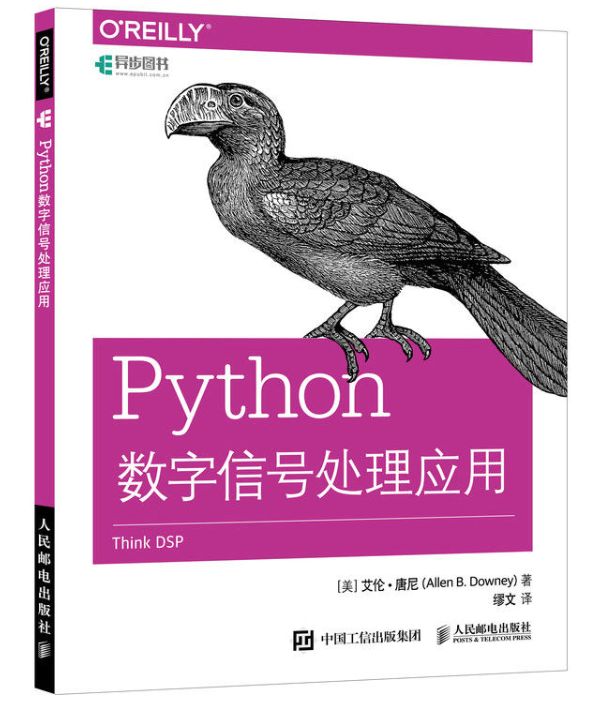
“Python Digital Signal Processing Applications“
[US] Allen B. Downey authored
Click the cover to purchase the paperback
Digital signal processing (DSP) is fundamental knowledge for the electronic information discipline and the theoretical foundation for many emerging disciplines. As a widely used scripting language, Python is also commonly used in the DSP field. This book introduces how to implement digital signal processing applications using the Python language. The book has 11 chapters, providing readers with a gradual introduction to the knowledge and applications related to digital signal processing using Python code as examples. Each chapter begins with examples, guiding readers to accurately understand concepts through programming. In addition, each chapter provides exercises and code examples to help readers understand these concepts.
This book is suitable for readers interested in digital signal processing who have a certain foundation in Python, as well as students in electronics and communications-related majors.
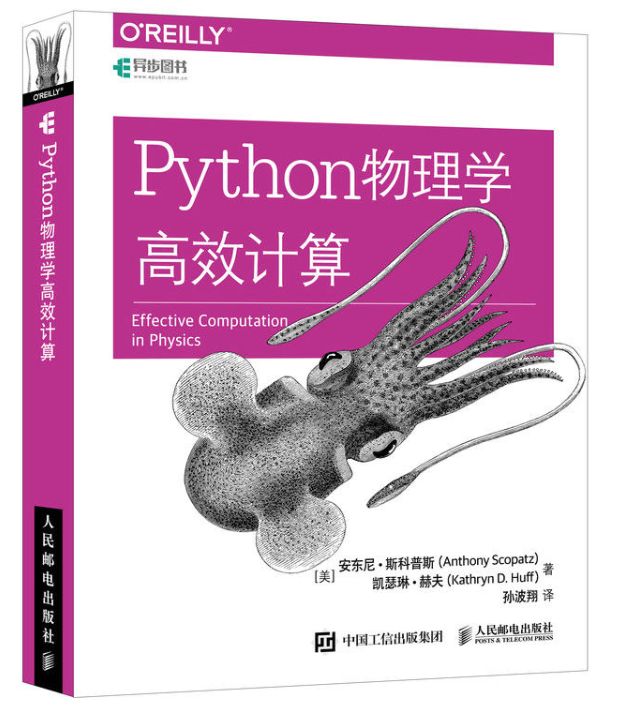
Raspberry Pi Python Programming Beginner’s Guide and Practical (2nd Edition)
[US] Richard Blum, Christine Bresnaha authored
Click the cover to purchase the paperback
The Raspberry Pi is a fully programmable PC system that runs the open-source Linux operating system. Its official programming language is Python, and this book introduces the Python programming methods for Raspberry Pi. The book is divided into seven parts. The first six parts cover the Raspberry Pi programming environment, basic Python programming, advanced Python knowledge, graphical programming, business programming, and Raspberry Pi Python projects; the seventh part introduces how to load Raspbian onto an SD card and discusses the various versions and models of Raspberry Pi.
This book is suitable for readers interested in Python programming and Raspberry Pi enthusiasts, as well as users who want to develop applications based on low-cost Linux platforms.
Asynchronous Book Reading Path Mind Map
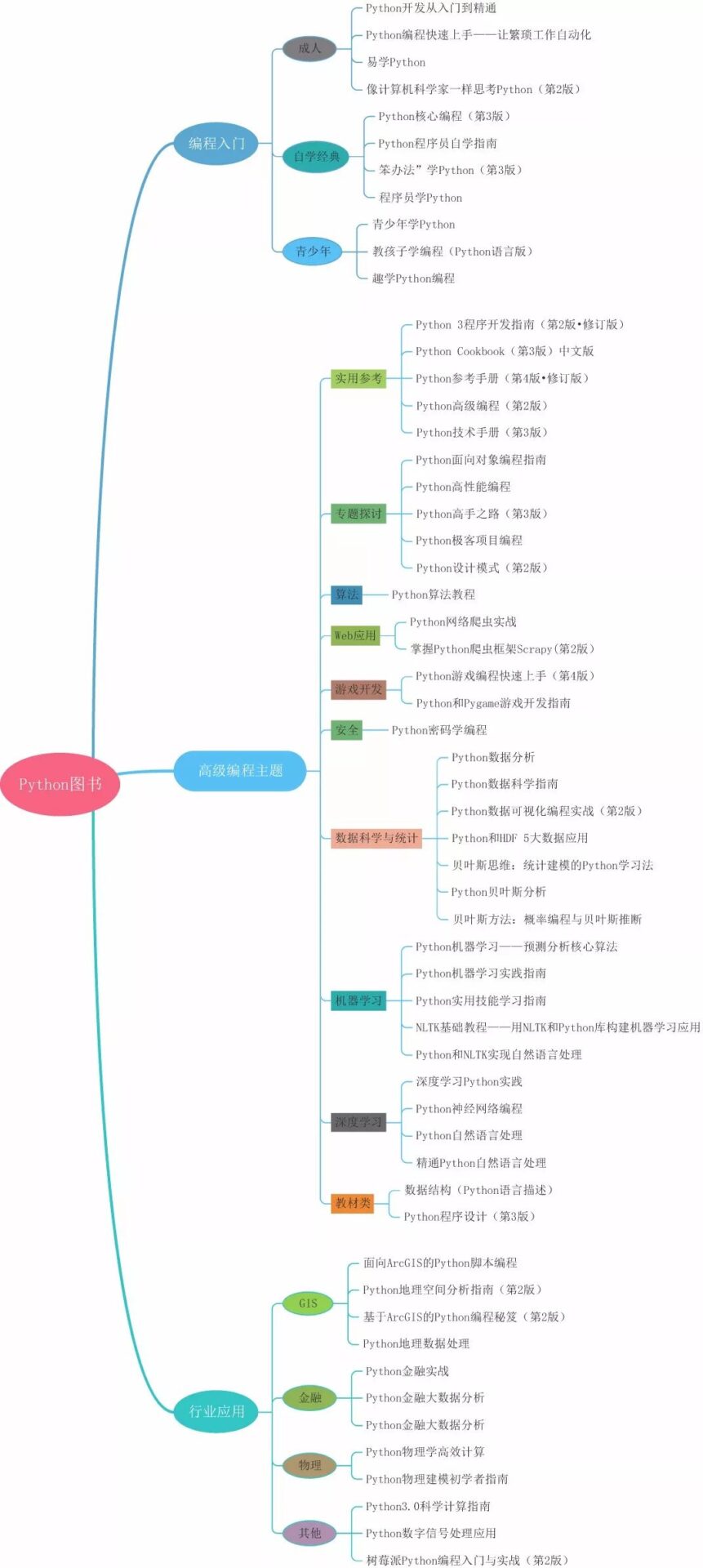
(Click the image to enlarge)
New Books in February 2018
New Books in January 2018
Elementary school students start learning Python, the programming language closest to AI: recommending a wave of Python book lists
A must-have classic book list for programmers


Long press the QR code to follow us!
Sharing good IT articles with you every day.
In“Asynchronous Books“ backend reply “Follow“, you can get 2000 online video courses for free; recommend friends to follow based on prompts to get the book link for free, and receive a copy of Asynchronous Books (e-book version). Come and participate!


Sharing good IT articles with you every day.
In“Asynchronous Books“ backend reply “Follow“, you can get 2000 online video courses for free; recommend friends to follow based on prompts to get the book link for free, and receive a copy of Asynchronous Books (e-book version). Come and participate!
Scan the QR code above, reply “Follow” to participate in the activity!
Scan the QR code above, reply “Follow” to participate in the activity!
Click to read the original text, purchase “Python Neural Network Programming”
Click to read the original text, purchase “Python Neural Network Programming”